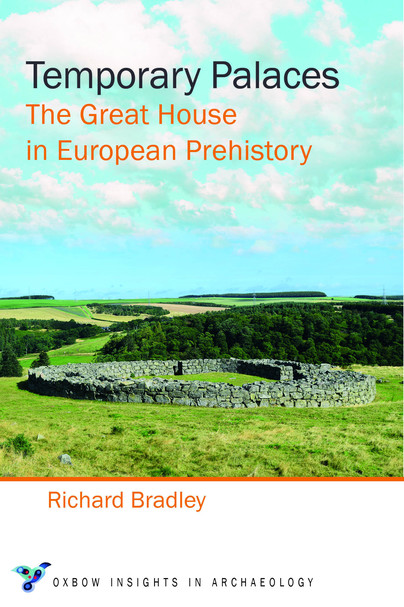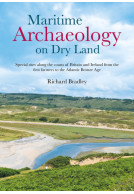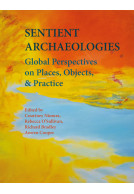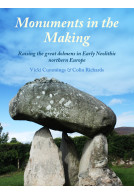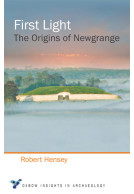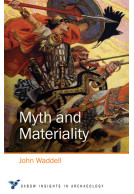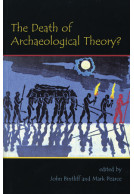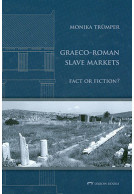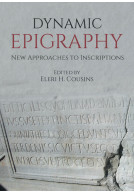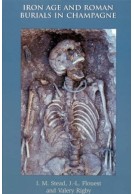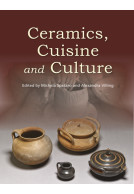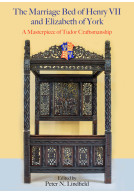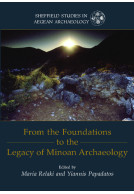Temporary Palaces (Paperback)
The Great House in European Prehistory
By
Richard Bradley
Imprint: Oxbow Books
Series: Oxbow Insights in Archaeology
Pages: 256
Illustrations: B/w
ISBN: 9781789256611
Published: 15th May 2021
Script Academic & Professional
Imprint: Oxbow Books
Series: Oxbow Insights in Archaeology
Pages: 256
Illustrations: B/w
ISBN: 9781789256611
Published: 15th May 2021
Script Academic & Professional
You'll be £5.00 closer to your next £10.00 credit when you purchase Temporary Palaces. What's this?
+£4.99 UK Delivery or free UK delivery if order is over £40
(click here for international delivery rates)
Order within the next 3 hours, 58 minutes to get your order processed the next working day!
Need a currency converter? Check XE.com for live rates
(click here for international delivery rates)
Order within the next 3 hours, 58 minutes to get your order processed the next working day!
Need a currency converter? Check XE.com for live rates
The Great Houses of the prehistoric and early medieval periods were enormous structures whose forms were modelled on those of domestic dwellings. Most were built of wood rather than stone; they were used over comparatively short periods; they were frequently replaced in the same positions; and some were associated with exceptional groups of artefacts. Their construction made considerable demands on human labour and approached the limits of what was possible at the time. They seem to have played specialised roles in ancient society, but they have been difficult to interpret. Were they public buildings or the dwellings of important people? Were they temples or military bases, and why were they erected during times of crisis or change? How were their sites selected, and how were they related to the remains of a more ancient past? Although their currency extended from the time of the first farmers to the Viking Age, the similarities between the Great Houses are as striking as the differences.
This study focuses on the monumental buildings of northern and northwestern Europe, but draws on structures over a wide area, extending from Anatolia as far as Brittany and Norway. It employs ethnography as a source of ideas and discusses the concept of the House Society and its usefulness in archaeology. The main examples are taken from the Neolithic and Iron Age periods, but this account also draws on the archaeology of the first millennium AD. The book emphasises the importance of comparing archaeological sequences with one another rather than identifying ideal social types. In doing so, it features a range of famous and less famous sites, from Stonehenge to the Hill of Tara, and from Old Uppsala to Yeavering.
There are no reviews for this book. Register or Login now and you can be the first to post a review!
More titles by Richard Bradley
Customers who bought this title also bought...
Other titles in the series...
Other titles in Oxbow Books...







